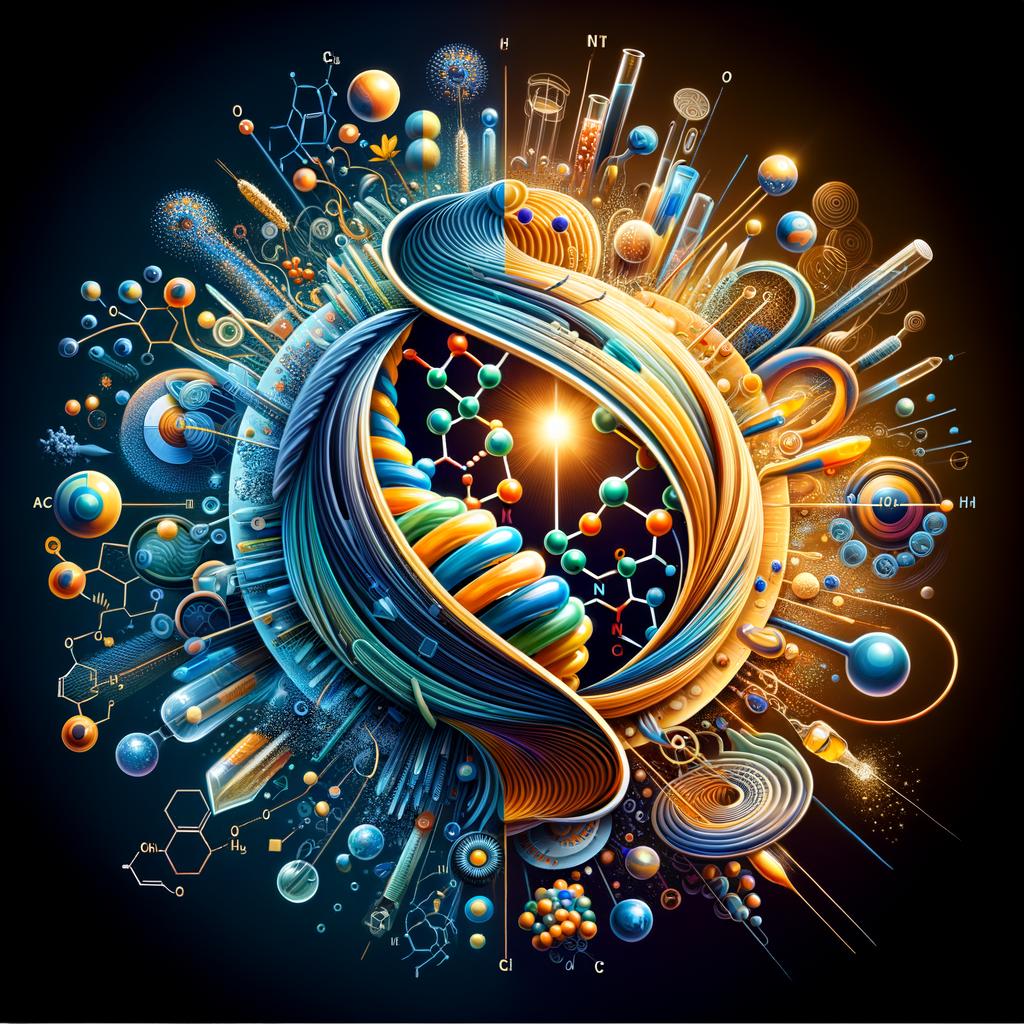
Introduction: The Mysteries of CoQ10 and Cytochrome C
“Exactly what is the role of CoQ10 (ubiquinone) and cytochrome C in our bodies?” you may ask. If that’s your question, then you’ve hit the right spot.
In the simplest terms, CoQ10 or Coenzyme Q10 and cytochrome C play pivotal roles in the process of energy production within our body cells. They serve as significant players in the electron transport chain (ETC), an essential part of cellular respiration. In this article, we’ll delve deeper into their specific functions, unraveling the mysteries of these two fundamental body components.
Coenzyme Q10: The Powerhouse Promoter
Coenzyme Q10 (CoQ10), also known as ubiquinone due to its ubiquitous presence in our bodies, is a natural compound with an essential function. Don’t mistake ubiquinone’s size for its importance – while it might be small, it packs a hefty punch in the realm of cellular metabolism.
Unveiling Ubiquinone’s Vital Role
The main role of ubiquinone lies primarily in its ability to aid in energy production. It achieves this by participating in the ETC, where it shuttles electrons between the protein complexes embedded in the inner mitochondrial membrane.
The Journey of Cytochrome C
Now, let’s dive into cytochrome C’s role. CoQ10 might pass the electrons in the ETC, but where does the baton get passed to? That’s where cytochrome C comes in.
Passing the Baton: Cytochrome C
Cytochrome C is the compound that accepts the ‘electrical baton’ passed along by CoQ10. As an electron carrier, it’s crucial for the production of adenosine triphosphate (ATP), our cells’ fuel.
The Vital Connection Between CoQ10 and Cytochrome C
While each performs its own unique functions, CoQ10 and cytochrome C are intrinsically connected. In the beautiful ballet of metabolic processes, they complement and depend on each other for energy production.
The Harmonious Tandem of CoQ10 and Cytochrome C
Similar to an electric circuit, electrons transferred by CoQ10 in the electron transport chain find their way to cytochrome C. This harmonious electron transfer ‘waltz’ ensures enough energy is produced to keep our cells functioning properly.
Conclusion: The Synthesis of CoQ and Cytochrome C
To tie everything together: CoQ10 and cytochrome C play vital roles in generating energy in our body cells. Their tandem work paves the way for efficient energy production, ensuring our bodies function optimally. One thing is for sure: without CoQ10 and cytochrome C, life as we know it would be vastly different!
Frequently Asked Questions
1. Is CoQ10 naturally produced?
Yes, CoQ10 is naturally produced by the body and can also be acquired through certain foods and supplements.
2. What foods are high in CoQ10?
Animal products like beef, chicken, and fish are high in CoQ10. Some fruits, vegetables, and legumes also contain small amounts of CoQ10.
3. What symptoms indicate low CoQ10 levels?
Low CoQ10 levels can result in symptoms like fatigue, muscle pain, high blood pressure, and blood sugar imbalance.
4. How does cytochrome C help in energy production?
Cytochrome C is an electron carrier involved in the electron transport chain. It helps produce ATP, which the cells use for energy.
5. Are there any known deficiencies or disorders related to Cytochrome C?
While rare, mutations in cytochrome C can cause illnesses like thrombocytopenia and cyclic neutropenia affecting the blood platelets and white blood cells, respectively.



